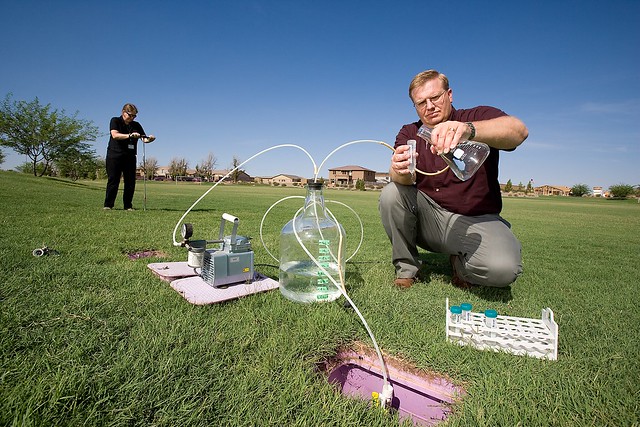Month: July 2020
Approximately one-half of 1% of the planet’s water is drinkable, and we use that water for much more than drinking – showering, brushing our teeth, watering our grass, etc. Consumer usage, however, pales in comparison to the amount of water needed to irrigate our crops.
According to USDA’s Economic Research Service, agriculture accounts for more than 80% of the nation’s water consumption. With the need to feed a growing population, scientists from USDA’s Agricultural Research Service (ARS) are looking for ways to safely expand agriculture’s supply of usable water. USDA will stimulate innovation so that American agriculture can achieve the shared goal of increasing U.S. agricultural production by 40% while cutting the environmental footprint of U.S. agriculture in half by 2050.
“Water shortage is a problem. At any one time in the United States, there will be a drought occurring somewhere,” said Clinton Williams, lead research soil scientist at ARS’s U.S. Arid Land Agricultural Research Center in Maricopa, AZ.
Williams said there is plenty of water to be had, and his research shows that municipal wastewater can be used to irrigate crops.
“One of the best ways we can increase efficiency and sustainability is to reuse reclaimed water,” he said. “Some of the safety concerns are related to trace organic contaminants such as pharmaceuticals, hormones, and other contaminants. My research focuses on the safe reuse of this water.”



